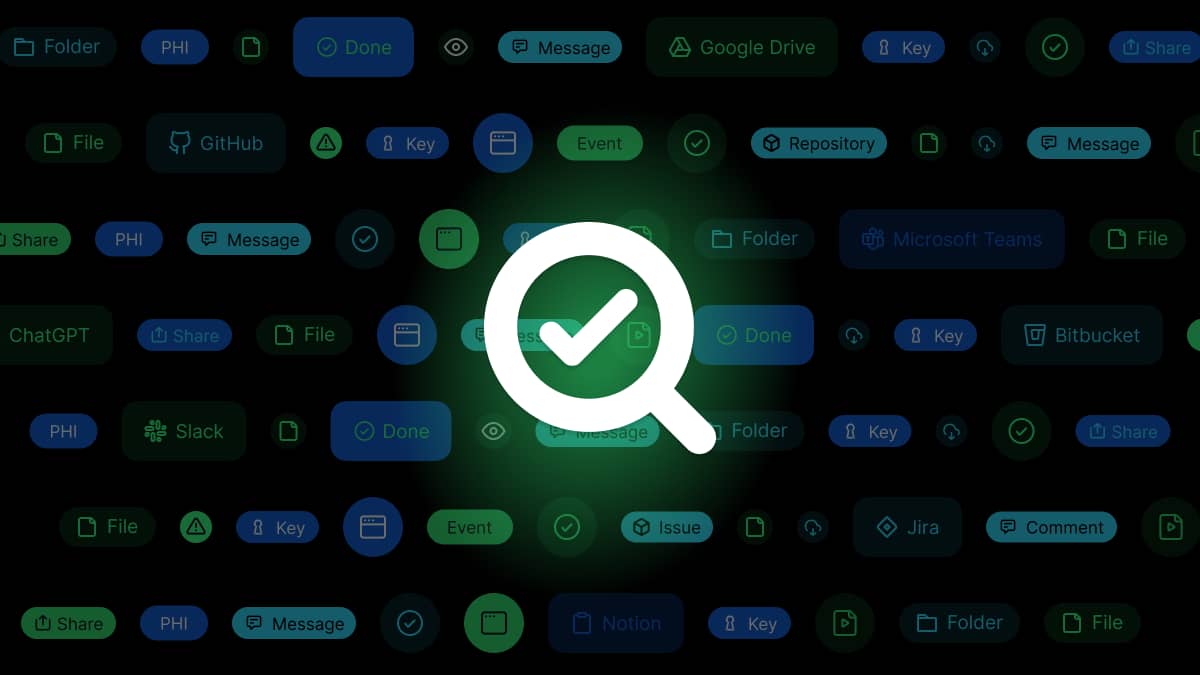Shadow IT is one of the biggest problems facing your clients in the cloud-first world. It causes issues like data leakage, skyrocketing costs and data breaches. Regulations such as CMMC 2.0 (2025), HIPAA, PCI, GLDB are in effect mandating ongoing controls for data protection. How can managed service providers (MSP, MSSPs, Resellers) help their customers think and solution about controls in shadow IT environments of their customers.
Shadow IT is one of the biggest problems facing your clients in the cloud-first world. It causes issues like data leakage, skyrocketing costs and data breaches.
IT departments have long struggled with trying to get a handle on shadow IT. That’s why many companies are now turning to MSPs and MSSPs to help them get a handle on data security and unsanctioned apps in the cloud.
What Is shadow IT anyway?
Shadow IT refers to the use of technology systems, like applications, devices and cloud services, that are not approved by the IT department.
According to Gartner, nearly 30 to 40% of IT applications and devices in your client’s network fall under the banner of Shadow IT. So, if your client tells you that they don’t use many SaaS apps, you’ll want to remember that there’s probably a ton of applications they don’t know about!
In fact, CISCO research found that IT managers thought their business used about 50 cloud applications, when the number was nearer to 700…
Why do I need to care about shadow IT?
Your clients are depending on you to help them improve their security posture and meet their compliance obligations. A huge part of fulfilling that duty is getting a handle on shadow IT. You need to take the reins and deliver a comprehensive data security strategy, which extends data protection into SaaS applications.
You really can’t turn a blind eye to data sprawl in SaaS. If you do, your client could end up involved in a terrible data breach – and they’ll point the finger at you for failing to deliver on your security promises.
Here are some of the major risks of shadow IT for your clients:
Lack of visibility: MSSPs cannot protect what they don’t know. As data passes through shadow applications, you lose control and visibility. This, in turn, has a domino effect on your ability to perform disaster recovery, classify data, and implement adequate security protections.
Compliance issues: Using unofficial solutions exposes the organization to violations of industry standards such as HIPAA, PCI, GLBA and GDPR. Something as simple as transferring files with personally identifiable information can be classified as a compliance violation and lead to hefty fines.
Higher risk of data breach: Beyond the obvious issue of apps being unvetted, a missed patch or version update can expose end users to vulnerabilities and exploits. This can lead to network intrusion or data theft.
Duplicate costs: Long-term IT strategies are undermined by shadow IT. Under-utilization of corporate tools leads to wasted investment and makes it more difficult for the IT department to plan for capacity and system architecture.
Unknown expansion of attack surfaces: Unmanaged cloud applications and devices create additional attack surfaces for cyber attackers to penetrate – and these will not be under the protection of corporate IT.
Questions to ask your clients about shadow IT
Managing shadow IT is no easy task, but once you put a strategy in place, you can scale it across your clients.
To begin with, here are some questions to ask your clients, so you can get a better idea of their approach. Some organizations will be more aware of the shadow IT problem than others. You can tailor your strategy based on their answers.
- How many SaaS applications does your company use?
- Do you have an auditing process in place for SaaS applications?
- Do you know how shadow IT could impact your compliance obligations?
- Do you have a strategy in place to manage shadow IT?
How MSPs can manage shadow IT
With the proliferation of cloud applications, it’s impossible to stop your clients’ employees from sharing data via unmanaged services. At the same time, these tools render traditional endpoint protection, firewalls and patch protection obsolete.
This is a data breach waiting to happen. MSPs must therefore innovate their approach and look for a way to control shadow IT without hampering employee productivity. The solution? Cloud-based DLP.
Cloud-based DLP uses API controls to monitor and secure corporate data as it travels through cloud applications. It scans data in real-time to discover third-party cloud services that your client’s IT team may not be aware of, and then uses risk-based analysis to determine appropriate security policies. Effectively, these apps shine a light on shadow IT – giving you granular visibility and control over where data travels and who gets to access it.



